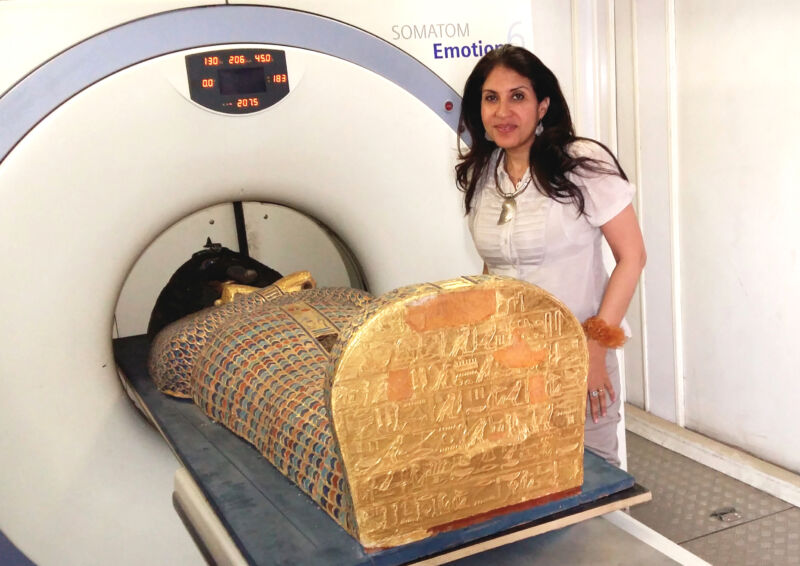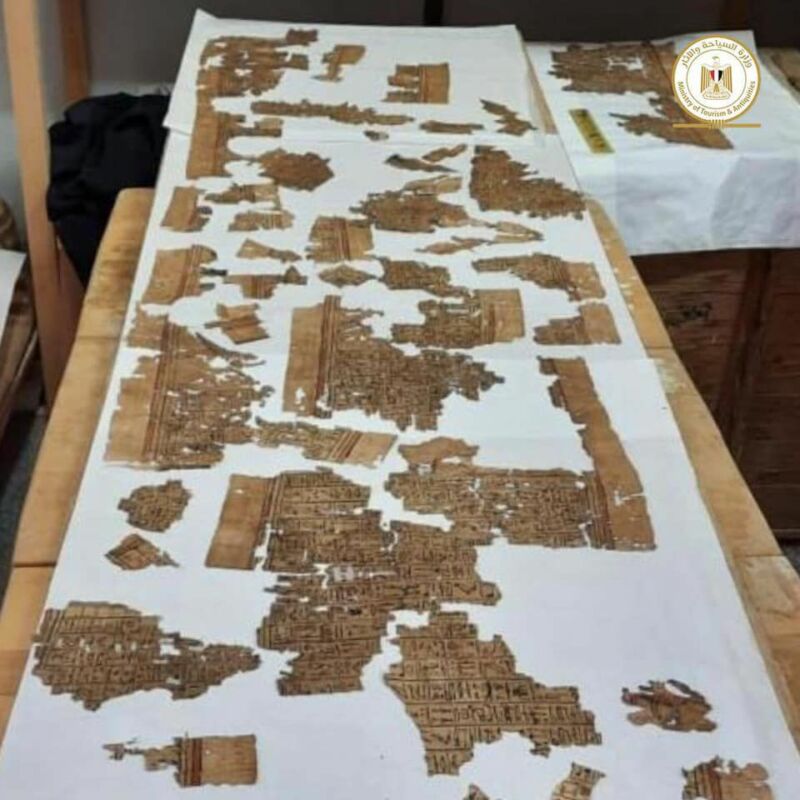-
 chevron_right
chevron_right
CT shows ancient Egyptian pharaoh was captured in battle and executed
Kiona N. Smith · news.movim.eu / ArsTechnica · Wednesday, 17 February, 2021 - 21:59

Enlarge (credit: Saleem and Hawass 2021)
CT scans of a mummified Egyptian pharaoh, once suspected to be the victim of a palace assassination, suggest that he was actually executed after being captured in battle in the mid-16th century BCE.
Pharaoh Seqenenre led his army from Upper Egypt in the 1550s BCE to face the Hyksos, a group of warriors from the Levant who occupied Lower Egypt and demanded tribute from Upper Egypt during what historians call the Second Intermediate Period. It’s known that Seqenenre died during this conflict, but it’s been unclear whether he was assassinated in his bed in the palace at Thebes or died on the battlefield.
A computed tomography (CT) scan offered a look at his wounds, along with the details of his mummification. Radiologist Sahar Saleem of Cairo University and former Egyptian Minister of Antiquities Zahi Hawass concluded that he most likely died near the front lines and was brought back to Thebes for mummification and burial.


